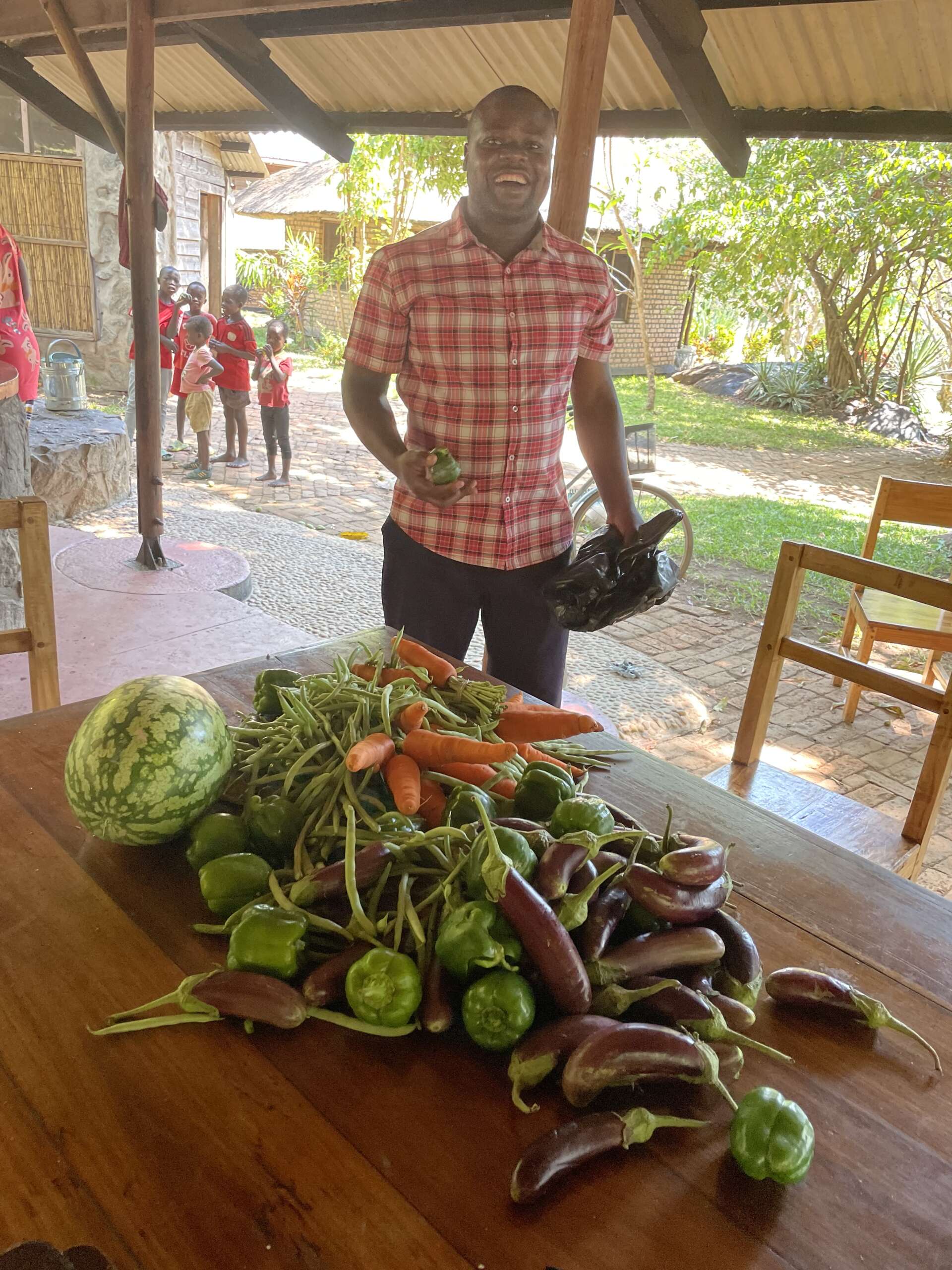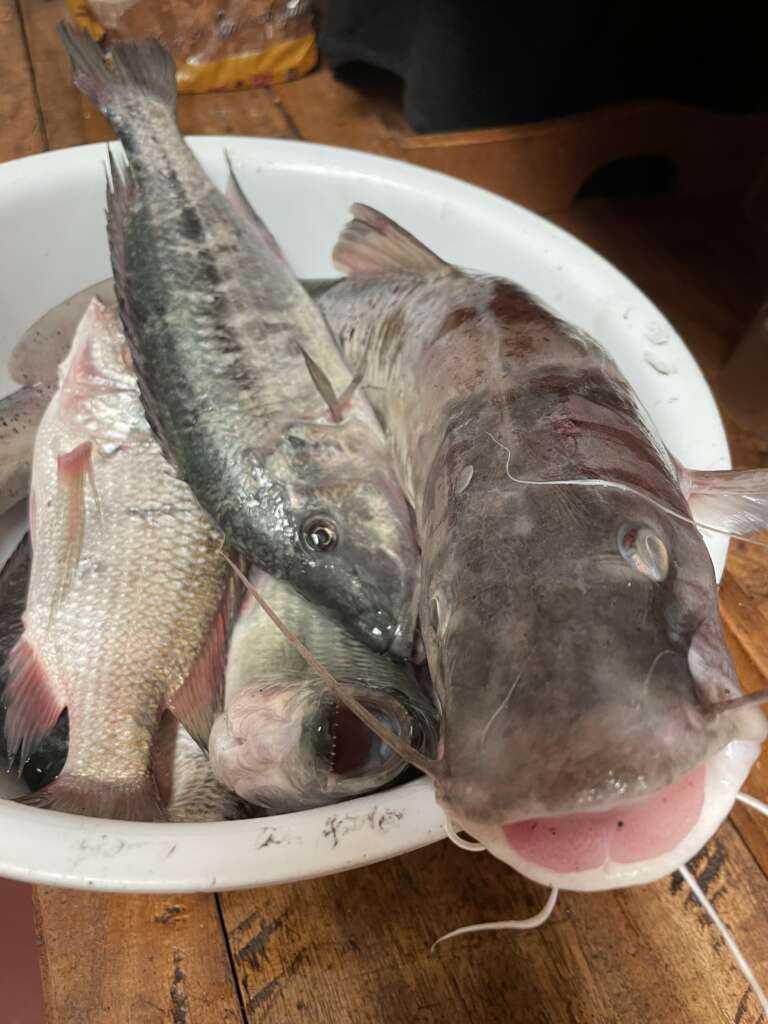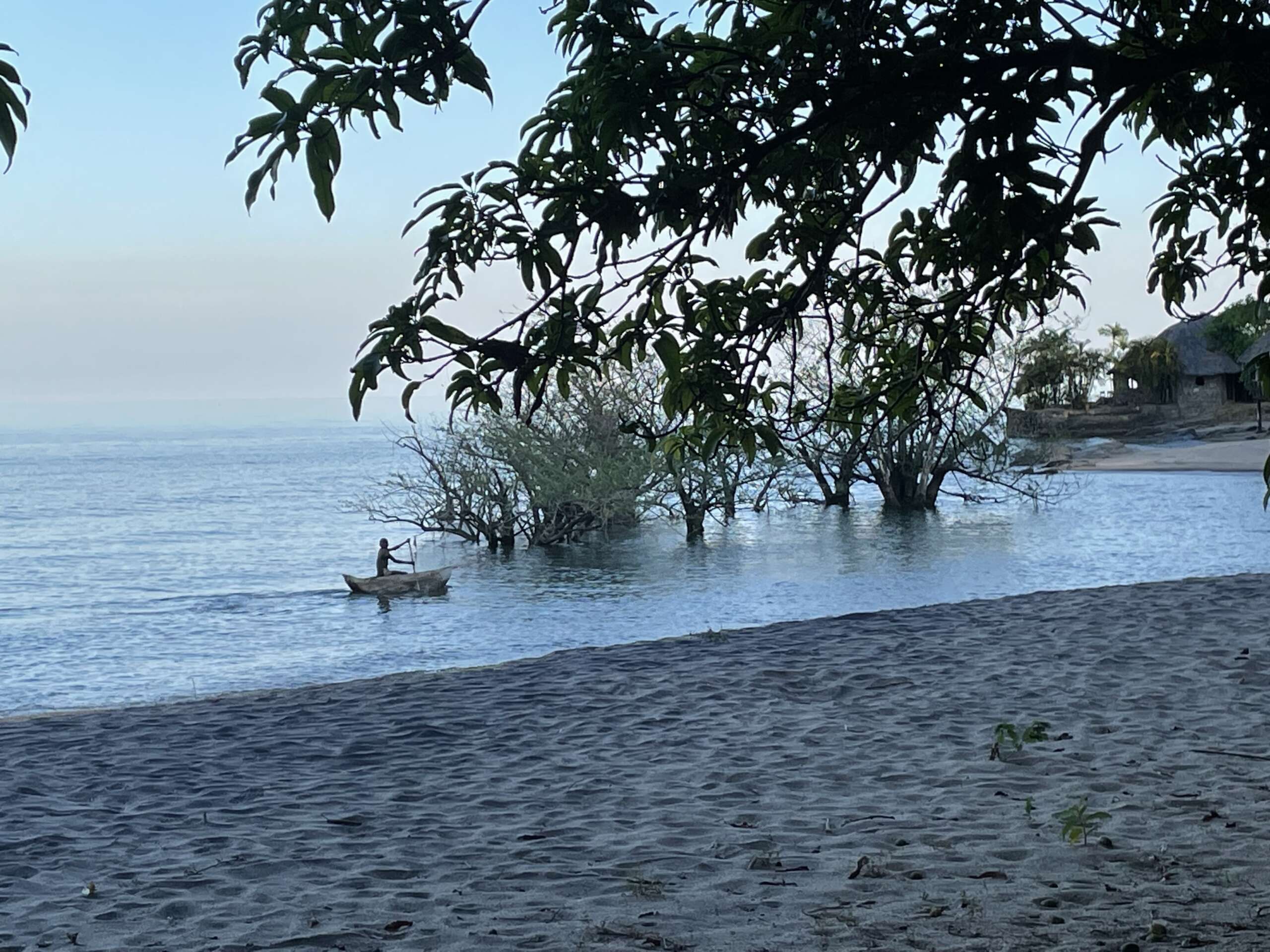I am now in very rural Malawi. Over the next three months I hope to be able to record some of my thoughts and experiences as a volunteer midwife in Malawi. How regularly I manage to do this will be determined by internet access, as well as when and where I am working.
My placement here is as part of the Ripple Africa team https://rippleafrica.org/ I am paying the full cost of my visit myself. I am hugely grateful to all who have already made donations to support our work, there is so much needed here. I will repost the link for donations next week because Ripple Africa have secured match funding for any donations made between 13th and 20th October which means that any donation you make is doubled!
My first impressions are of the most beautiful country, whose people are warm and friendly but where most people are financially extremely poor. In the area where I am staying, the houses are mostly made with handmade bricks, made using the red clay soil. Cooking is over open fires and water has to be collected from a well or hand pump. The majority of people are subsistence farmers, who sell the excess of their crops in the local market.
Currently food is plentiful in this area. The growing season is well underway and I am loving being offered the opportunity to buy freshly harvested fruit and vegetables as well as fish directly from the lake (which is right in front of me as I write). However, talking with local healthcare workers it soon becomes clear that many people are malnourished, sometimes from simply too little food and sometimes from a lack of understanding of how to create a balanced diet. Obviously this is an area of concern in midwifery practice, because of the potential impact on both mother and baby. A great many women are deficient in iron and other micronutrients. https://2017-2020.usaid.gov/sites/default/files/documents/1864/Malawi-Nutrition-Profile-Mar2018-508.pdf
This week I have visited the local clinics and the area hospital, to find them(!) and to say hello. Tomorrow I will start work at the hospital where I understand that around 70-100 babies are born each month. Most care is however provided in the local clinics (equivalent to our stand alone birth centres), but the hospital provides care to those who need more active management. I am interested to find out how much extra is available there, given that each healthcare worker I have spoken to tells me that drugs are in short supply, there is little or no access to lab tests and interventions in challenging birth are rarely possible.


Most people walk everywhere, including to access antenatal care and when they are in labour. Home birth has been actively discouraged since 2007, the government believing that care in labour and birth by skilled nurse/midwives will go some way to reduce the very high maternal mortality rate. Before that most women stayed at home in their village and were supported by the female members of their family and a traditional birth attendant (TBA). TBAs learned their skills by experience but their practices were often blamed for poor outcomes. The maternal death rate has been estimated to be around 4 in every 100 women, although gathering accurate data is obviously difficult http://2022/improving-t-quality-of-health-care-services-to-advance-maternal . I am interested to learn more about the causes, but suspect that malnutrition and its consequences, post partum haemorrhage (bleeding after birth) and sepsis (overwhelming infection) are likely to be fundamental. To what extent these factors are alleviated by requiring women to walk long distances to clinics to birth is likely to be an interesting debate. A baby whose mother does not attend a clinic for birth is not given a birth certificate and is therefore unable to access healthcare provision or education in their lifetime.
I approach tomorrow with a great deal of excitement, but also with significant anxiety. I have to set aside all my assumptions about what good healthcare looks like and seek to understand what is done here, how and why. I am sure that I will learn a great deal, but some of that learning is undoubtedly going to be uncomfortable and at times deeply upsetting. My initial challenge is simply to reach the hospital in Chintheche. First I have to walk up to the nearest tarmac road , about 3km and it is then about 25km to the market in Chintheche. Taxis run up and down this single road, packing in as many people as is humanly possible. From there I need to find my way and walk to the hospital, so just getting there will be an adventure! Wish me luck!

